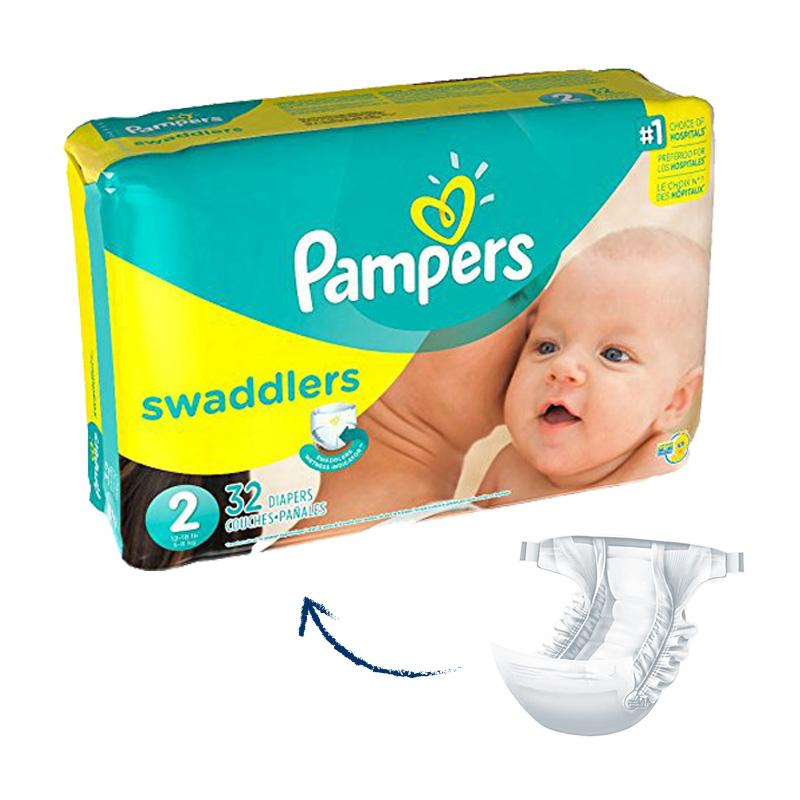
# Dog Food Packaging Bag: Essential Guide for Pet Owners
## Understanding Dog Food Packaging Bags
Dog food packaging bags play a crucial role in preserving the quality and freshness of your pet’s food. These specialized bags are designed to protect the contents from moisture, air, and contaminants that could compromise the nutritional value of the food.
Modern dog food packaging comes in various forms, including stand-up pouches, flat bags, and resealable options. The choice of packaging depends on factors like the type of food (dry, wet, or semi-moist), the quantity, and the desired shelf life.
## Key Features of Quality Dog Food Packaging
### 1. Barrier Protection
High-quality dog food bags feature multiple layers of material that create an effective barrier against:
– Oxygen
– Moisture
– Light
– Odors
– Pests
### 2. Resealable Options
Many modern dog food bags come with resealable features such as:
– Zipper closures
– Velcro seals
– Fold-over tops with clips
– Press-to-close mechanisms
### 3. Durability
Good packaging should withstand:
– Rough handling during transportation
– Potential punctures
– Weight of the contents
– Environmental factors
## Types of Dog Food Packaging Materials
Manufacturers use various materials to create dog food bags:
Material | Characteristics | Best For
Polyethylene (PE) | Moisture-resistant, flexible | Dry kibble
Polypropylene (PP) | Strong, heat-resistant | Various food types
Aluminum foil | Excellent barrier properties | Premium/long shelf-life products
Kraft paper | Eco-friendly, breathable | Short-term storage
## Choosing the Right Packaging for Your Dog’s Food
When selecting dog food packaging, consider these factors:
– Food type (dry, wet, or raw)
– Storage duration
Keyword: dog food packaging bag
– Environmental conditions
– Portion sizes
– Ease of use
– Sustainability preferences
For dry kibble, look for bags with good oxygen barriers. For wet food, ensure the packaging is completely airtight. If you’re environmentally conscious, seek out biodegradable or recyclable options.
## Proper Storage of Dog Food in Packaging Bags
To maximize freshness and prevent spoilage:
– Always seal the bag properly after each use
– Store in a cool, dry place away from direct sunlight
– Keep the bag off the floor to prevent pest access
– Use airtight containers for long-term storage after opening
– Follow the manufacturer’s storage recommendations
## Environmental Considerations
With growing environmental awareness, many pet food companies are adopting sustainable packaging solutions:
– Biodegradable materials
– Recyclable packaging
– Reduced plastic use
– Compostable options
– Refill programs
Look for packaging with environmental certifications or made from post-consumer recycled materials to reduce your pet’s carbon footprint.
## Reading and Understanding Packaging Labels
Dog food packaging contains important information:
– Ingredients list
– Nutritional analysis
– Feeding guidelines
– Expiration date
– Manufacturer details
– Storage instructions
Always check these details before purchasing to ensure you’re getting appropriate food for your dog’s age, size, and health requirements.
## Innovations in Dog Food Packaging
The pet food industry continues to innovate with packaging that offers:
– Smart packaging with freshness indicators
– Portion-control dispensing systems
– Easy-pour spouts
– Transparent windows for product visibility
– QR codes linking to detailed product information
These advancements make storing and serving dog food more convenient while maintaining quality.
## Maintaining Food Freshness in Packaging
To ensure your dog’s food stays fresh:
– Buy appropriate sizes for your consumption rate
– Squeeze out excess air before resealing
– Consider dividing large bags into smaller portions
– Use oxygen absorbers for homemade or bulk foods
– Rotate stock (first in, first out)
Proper handling of dog food packaging can significantly extend the shelf life and maintain nutritional quality.
## Troubleshooting Common Packaging Issues